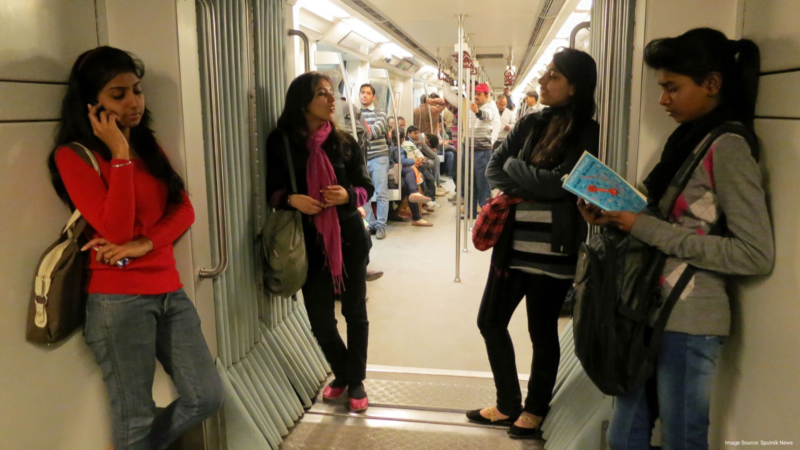
20 Jan The Time Crunch: Examining the Impact of Time Poverty on Women’s Mobility in Cities
The idea that everyone has the same 24 hours is a common refrain in contemporary hustle culture. Those who can’t make the most of their time are often seen as lacking in grit. While it’s true that time is a precious resource that can be converted into money, goods, and experiences, it’s also true that one’s social position can have a bearing on how one uses their time.
Much attention has been given to how material disparities can contribute to gender issues; however, there is another form of inequality that doesn’t get as much attention but still has a significant impact on accessing economic rights. This is how men and women allocate their time, both in the household and in the workforce.
In a patriarchal society, women’s time is often not their own. The temporal aspect of their lives, like other aspects, is dictated by the demands of reproduction, unpaid care work, and household chores. For example, a woman who is responsible for more household chores and childcare will have less time for education, training, or paid work, which can lead to her working fewer hours or even leaving the workforce. Additionally, she is expected to work fewer hours in paid employment than a man, resulting in her earning less money over her lifetime.
Women’s mobility is indirectly impacted by this. Since care work becomes a big component in shaping women’s decisions about travel, it results in them choosing jobs that are more accessible and don’t require long commutes. This may ultimately push them to settle for low-paying jobs, curtailing their economic mobility and hindering their access to better career opportunities.
Women also experience transportation deprivation and are more reliant on public transportation for their travel needs. According to National Sample Survey Organization (NSSO) data, more than 60 percent of both rural and urban households use the bus as their primary mode of transport, followed by auto-rickshaws. A World Bank report titled “Enabling Gender Responsive Urban Mobility and Public Spaces in India” similarly estimates 84% of Indian women’s trips to be made by public transport. Poor public transportation can therefore have a direct and disproportionate impact on women’s time, creating a vicious cycle of slower transit causing longer commutes or faster transportation that ends up being too expensive.
“Trip-chaining” is another common characteristic of women’s travel, where multiple destinations are combined in one trip because of the responsibilities of work and care-related activities. This can include dropping off children at school on the way to work or picking up groceries on the way back from work. Because of this, women’s trips are usually shorter and more frequent, and they may involve taking a less direct route or breaking the journey into multiple legs. This can result in higher transportation costs, as public transportation fares are often set up to charge more for multiple short trips than for a single long trip.
Since much of the time spent by women is spent on household chores and commuting to and from work, it leads women to just have a transactional relationship with public spaces, leaving no time for leisure.
There are several ways to address the correlation between time poverty and women’s mobility. Subsidizing public transportation costs and offering micro-transit options can help women with their travel needs. Investing in infrastructure such as sidewalks, bike lanes, and better road conditions can make it safer and more convenient for women to walk or bike to their destinations, reducing the need for long commutes. Additionally, providing affordable and accessible childcare services and promoting flexible work arrangements can further alleviate the time burden on women.
Sources:
- Gender and Time Poverty: The Neglected Social Policy Implications of Gendered Time, Transport and Travel (Link)
- Improving women’s mobility: it’s not just about the quality of buses (Link)

